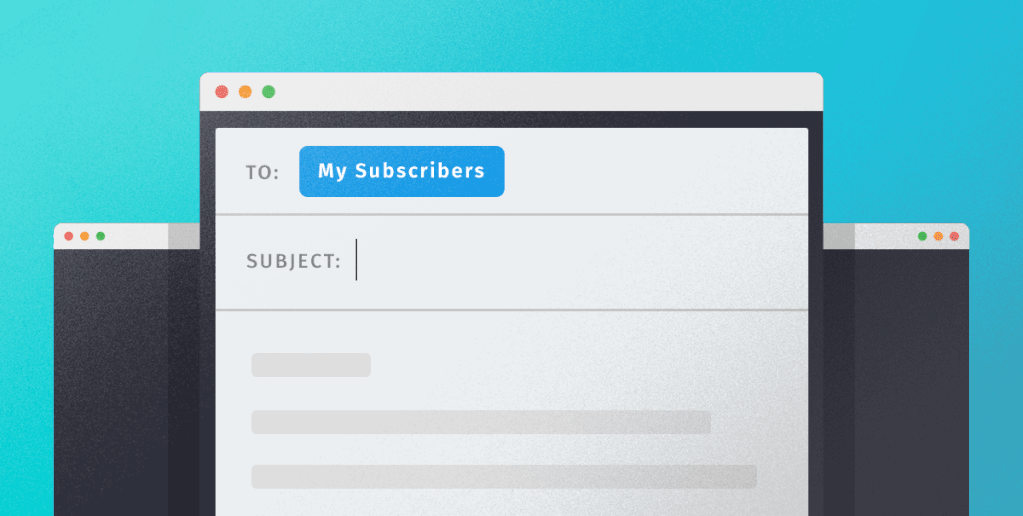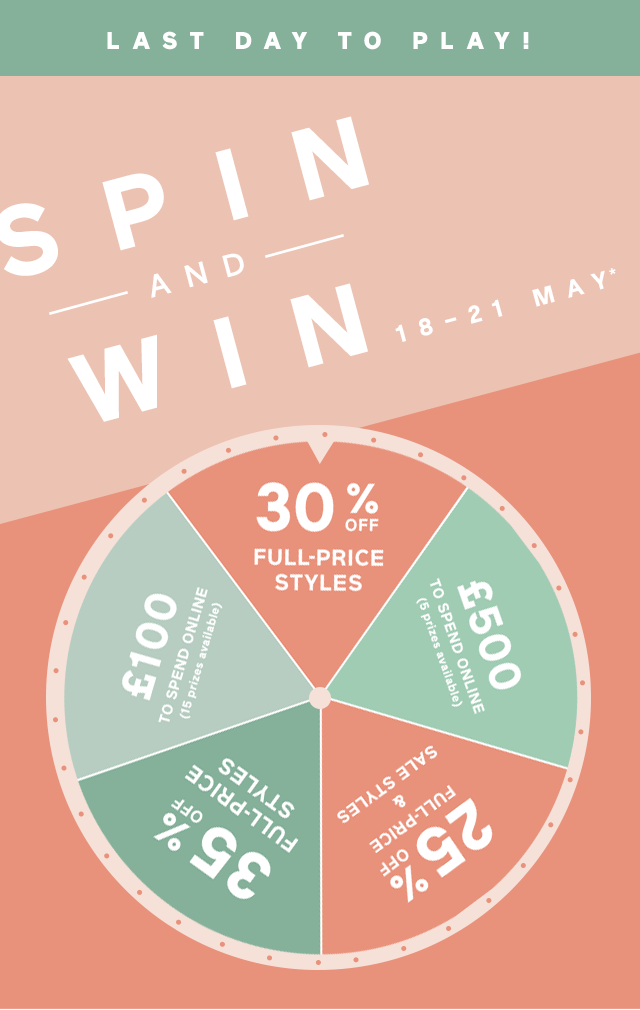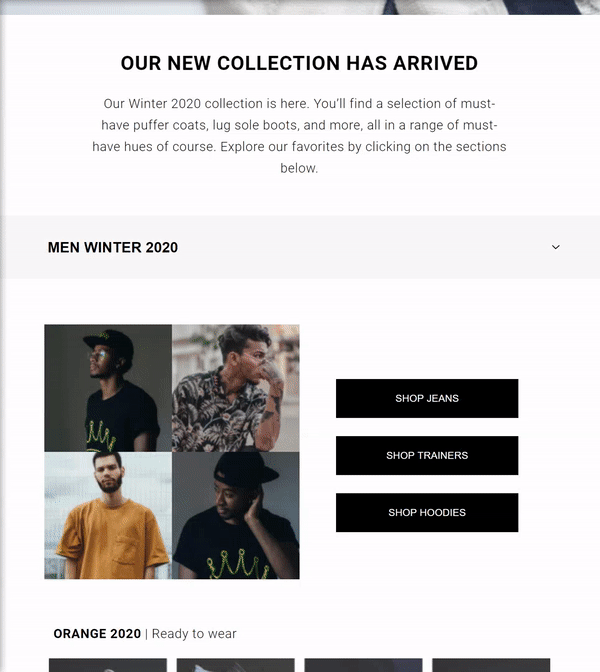How to use social calendar events in your marketing campaigns

Seasonal marketing isn’t only about slapping a snowflake or easter egg on your email campaigns. There are so many events taking place throughout the year, you need to carefully consider which appeals to your audiences and how you could integrate them into your marketing campaigns.
Summer is right around the corner, and with summer comes events – in particular, sporting events. The 2020 pandemic meant that a lot of events were canceled or postponed to this year. Powerhouse events such as the UEFA European Football Championship (the Euros to most of us) and the Olympic Games in Tokyo are finally here and excitement is already brewing.
Why should you include social events in your seasonal marketing?
You may be skeptical about incorporating sports competitions into your marketing, especially if the link between it and your brand feels tenuous at best. But these events are just about the sport. They bring with them a sense of community and camaraderie as fans around the world tune in to enjoy the competition.
Sports events have the power to mobilize whole communities. Partnerships and sponsorships aren’t the only marketing opportunities. Search interests increase significantly during these competitions. London travel-related searches nearly doubled during the Summer Olympics in 2012 suggesting that fans tuning in were inspired by more than just the games.
By carefully planning how you can integrate these you can tap into areas of interest and maximize the impact of your marketing.
6 ways to add social events to your marketing campaigns
1. Subject lines
Every one of you knows the importance of subject lines to your email marketing. It’s the difference between an open and a one-way trip to the junk inbox.
Using cultural events in your subject line isn’t a new tactic. But it does need to be confined to traditional seasonal holidays such as Christmas, Valentine’s Day, and Mother’s Day. Sporting events can provide a whole host of inspiration.
Whether you’re “going for gold”, calling “half time”, or embracing the end of the “knockout rounds”, there’s never a bad time to shake up your subject lines. As always, you shouldn’t rely on a single subject line to get you the opens you need. Testing is the best way to guarantee top results.
Mixing these themed subject lines with your typical style is a great way to determine your customer’s engagement with the competitions, as well as your brand. A little shake-up may be exactly what you need to win back bored customers.

2. Social listening
Monitoring your social media channels is a crucial component of audience research. It helps you get to know your customers, their interests, likes, and dislikes. By keeping an eye on top influencers for your audience base, you can gain a better understanding of customers’ thoughts and feelings during these competitions.
The FIFA World Cup in 2018 was a perfect example of brands listening to customers on social media. Women’s fashion brands would appeal to bored wives, girlfriends, and daughters by offering shoppers money off discounts for a limited time.
By using real-time customer insights, you can create and launch engaging and relevant campaigns guaranteed to convert readers.
3. User-generated content
There’s never a bad time to use user-generated content (UGC). If your customers are engaged with events or your marketing around them, you should make sure to use comments, feedback, and reviews in your marketing.
Customers engage more with comments from their peers than brands themself, especially when they’re exploring new brands. What’s more, interacting with customers talking about the sporting competitions can amplify your social media presence, as well as demonstrate your brand’s personality.
4. Competitions
Competitions are always winning tactics to improve customer engagement and drive conversions. Everyone loves the chance of winning something for nothing. Tag-a-friend competitions on channels like Instagram can help you get noticed by untapped audiences. With over a billion users, it’s the perfect channel to boost your brand.
Aligning them with events in your social calendar will only improve the likelihood of customer involvement. Comment-to-win competitions require very little effort from followers while offering a chance to reap amazing rewards. Running a competition calling for followers to comment with predictions such as which team they expect to win the 2021 Euros can be run throughout the duration of the sports tournament.
Offering unlimited entries and increase chances to win if they tag friends or share in their stories is a fantastic lead-generation strategy.

5. Gamification
Gamified emails, newsletter sign-up, and landing pages deliver delightful experiences to customers at a time when they least expect it.
Summer sporting competitions already create an exciting buzz in the public. Scratch-to-reveal, spin-to-win, or treasure hunts designed to complement these can only amplify this buzz while motivating customers to engage with your marketing.
Gamification is a powerful tactic to use if you’re looking to create memorable experiences that drive customer loyalty.

6. Live email
AMP for email empowers marketers to deliver live emails to the customer inbox. This means that customers have the ability to interact and personalize their own experience without having to leave your inbox.
You can utilize events like the Olympic Games or the Euros by categorizing your email content and allowing the reader to choose their own journey. Depending on your brand, products, or services, you can create multiple journeys for the customer to take. For example, if you’re a sportswear brand, you can group your products based on what Olympic event customers are most interested in, showcasing swimwear for avid swim fans or running shorts for fans of track and field events.
You can even extend this to your newsletters, offering customers the choice of content depending on whether they “love the Euros” or “can’t wait for it to be over”. Giving customers the power to choose will ultimately improve their overall experience with your brand tenfold.

Seasonal marketing isn’t only about slapping a snowflake or easter egg on your email campaigns. There are so many events taking place throughout the year, you need to carefully consider which appeals to your audiences and how you could integrate them into your marketing campaigns.
Summer is right around the corner, and with summer comes events – in particular, sporting events. The 2020 pandemic meant that a lot of events were canceled or postponed to this year. Powerhouse events such as the UEFA European Football Championship (the Euros to most of us) and the Olympic Games in Tokyo are finally here and excitement is already brewing.
Why should you include social events in your seasonal marketing?
You may be skeptical about incorporating sports competitions into your marketing, especially if the link between it and your brand feels tenuous at best. But these events are just about the sport. They bring with them a sense of community and camaraderie as fans around the world tune in to enjoy the competition.
Sports events have the power to mobilize whole communities. Partnerships and sponsorships aren’t the only marketing opportunities. Search interests increase significantly during these competitions. London travel-related searches nearly doubled during the Summer Olympics in 2012 suggesting that fans tuning in were inspired by more than just the games.
By carefully planning how you can integrate these you can tap into areas of interest and maximize the impact of your marketing.
6 ways to add social events to your marketing campaigns
1. Subject lines
Every one of you knows the importance of subject lines to your email marketing. It’s the difference between an open and a one-way trip to the junk inbox.
Using cultural events in your subject line isn’t a new tactic. But it does need to be confined to traditional seasonal holidays such as Christmas, Valentine’s Day, and Mother’s Day. Sporting events can provide a whole host of inspiration.
Whether you’re “going for gold”, calling “half time”, or embracing the end of the “knockout rounds”, there’s never a bad time to shake up your subject lines. As always, you shouldn’t rely on a single subject line to get you the opens you need. Testing is the best way to guarantee top results.
Mixing these themed subject lines with your typical style is a great way to determine your customer’s engagement with the competitions, as well as your brand. A little shake-up may be exactly what you need to win back bored customers.

2. Social listening
Monitoring your social media channels is a crucial component of audience research. It helps you get to know your customers, their interests, likes, and dislikes. By keeping an eye on top influencers for your audience base, you can gain a better understanding of customers’ thoughts and feelings during these competitions.
The FIFA World Cup in 2018 was a perfect example of brands listening to customers on social media. Women’s fashion brands would appeal to bored wives, girlfriends, and daughters by offering shoppers money off discounts for a limited time.
By using real-time customer insights, you can create and launch engaging and relevant campaigns guaranteed to convert readers.
3. User-generated content
There’s never a bad time to use user-generated content (UGC). If your customers are engaged with events or your marketing around them, you should make sure to use comments, feedback, and reviews in your marketing.
Customers engage more with comments from their peers than brands themself, especially when they’re exploring new brands. What’s more, interacting with customers talking about the sporting competitions can amplify your social media presence, as well as demonstrate your brand’s personality.
4. Competitions
Competitions are always winning tactics to improve customer engagement and drive conversions. Everyone loves the chance of winning something for nothing. Tag-a-friend competitions on channels like Instagram can help you get noticed by untapped audiences. With over a billion users, it’s the perfect channel to boost your brand.
Aligning them with events in your social calendar will only improve the likelihood of customer involvement. Comment-to-win competitions require very little effort from followers while offering a chance to reap amazing rewards. Running a competition calling for followers to comment with predictions such as which team they expect to win the 2021 Euros can be run throughout the duration of the sports tournament.
Offering unlimited entries and increase chances to win if they tag friends or share in their stories is a fantastic lead-generation strategy.

5. Gamification
Gamified emails, newsletter sign-up, and landing pages deliver delightful experiences to customers at a time when they least expect it.
Summer sporting competitions already create an exciting buzz in the public. Scratch-to-reveal, spin-to-win, or treasure hunts designed to complement these can only amplify this buzz while motivating customers to engage with your marketing.
Gamification is a powerful tactic to use if you’re looking to create memorable experiences that drive customer loyalty.

6. Live email
AMP for email empowers marketers to deliver live emails to the customer inbox. This means that customers have the ability to interact and personalize their own experience without having to leave your inbox.
You can utilize events like the Olympic Games or the Euros by categorizing your email content and allowing the reader to choose their own journey. Depending on your brand, products, or services, you can create multiple journeys for the customer to take. For example, if you’re a sportswear brand, you can group your products based on what Olympic event customers are most interested in, showcasing swimwear for avid swim fans or running shorts for fans of track and field events.
You can even extend this to your newsletters, offering customers the choice of content depending on whether they “love the Euros” or “can’t wait for it to be over”. Giving customers the power to choose will ultimately improve their overall experience with your brand tenfold.




